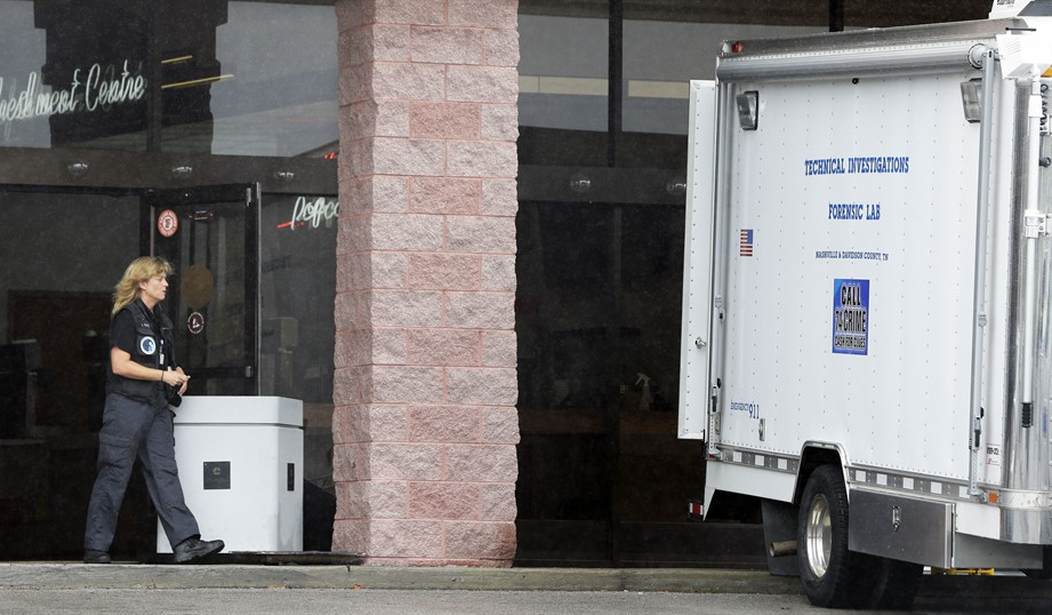Last week, police killed Vincente David Montano after he went on a bizarre rampage in a Tennessee movie theater during an afternoon showing of Mad Max: Fury Road. Montano reportedly unleashed pepper spray, attacked a man with a hatchet, and was in possession of an air soft gun. It was originally treated as an active shooter incident. Blessedly no one was killed during this incident, though the same could not be said for moviegoers at the Grand Theater in Lafayette, Louisiana–where John Russel Houser opened fire, killing two people and injured nine others. Houser killed himself during the attack.
So, are mass shootings on the rise? Yes, it appears that they are, but it’s hardly a public safety issue. That’s not to mitigate the tragedy that occurs when these attacks occur, but in no way does it suggest that America is becoming a shooting gallery (via USA Today):
Mass public shootings have increased in frequency from 1.1 a year to 4.5 a year since the 1970s, according to a new report by the Congressional Research Service.The report, sent to members of Congress on Friday, found that in the 1970s, mass public shootings killed roughly six people a year and injured two. From 2010 to 2013, there were an average of 33 deaths in mass shootings each year, with 28 additional people injured.
[…]
Among the report's findings:
- On average, 4.4 mass killings a year between 1999 and 2013 could be defined as mass public shootings.
- Nearly double that number each year could be classified as familicides — the killings of family members or domestic partners in private places such as the home.
- Of the mass public shootings, the assailant carried a single firearm in more than half the cases. In a quarter of them, an assault weapon was used.
- Only 20 of the 68 offenders in mass public shootings were arrested. The majority killed themselves or were killed by police.
[…]
The report says, however, that federal data is lacking to help guide a public policy conversation. USA TODAY's "Behind the Bloodshed" project, which has tracked mass killings from 2006 to the present, found that the FBI's homicide data on mass killings had an accuracy rate of only 57%, with many major events missing and others mistakenly included through problems with miscoding or counting injured victims among the dead.
[…]
The report suggests that Congress direct a federal law-enforcement agency to improve the collection of data on multiple-victim homicides, and that it instruct the Bureau of Alcohol, Tobacco, Firearms and Explosives to annually report on mass shootings, including data on how the suspect acquired the weapon, the victim-offender relationship, and offenders' histories of mental illness and domestic violence.
Recommended
So, we need more data. The report is not the most accurate it could be, and the fact remains that gun-related homicides (and overall violent crime) has been on the downturn for decades. According to the Bureau of Justice Statistics, firearm-related homicides are down 39 percent between 1993-2011. Pew Research, using a similar time frame, said they’re down 49 percent. Post-Newtown, Grant Duwe, a criminologist with the Minnesota Department of Corrections, said that mass shootings were not increasing in frequency.
Some some things to ponder, though (again) America isn't reverting back to the Wild West here.

























Join the conversation as a VIP Member